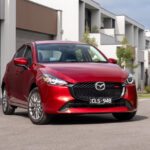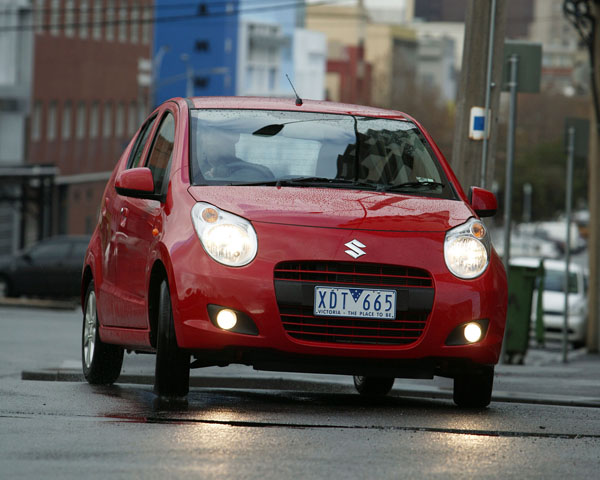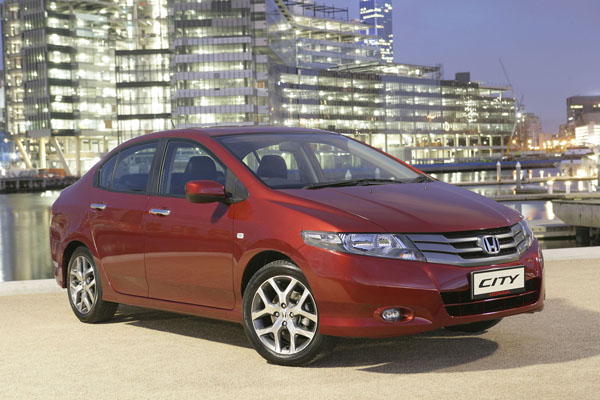
Honda City is a four-door sedan that shares most of its underpinnings with the Honda Jazz. However, it has a completely different body and sits on at longer wheelbase.
The sedan body made the City almost as large as the five-door Honda Civic, though slightly narrower inside. Having said that, it might be worth you checking out a used Civic if you’re planning to use a Jazz as a family car.
As they tend to be bought by sensible people Citys are often looked after, driven gently and serviced strictly by the book. So used-car buys can be in very good condition for their indicated mileage. However, we still recommend a full professional inspection, just in case.
The City was late arriving in Australia when it came here February 2009 as it had been been sold in other countries for many years. Small sedans aren’t big sellers here as many prefer hatchbacks or small to medium SUVs.
Interior space in the Honda City is impressive, with good head and legroom front and rear. The low floor in the back seat means three adults can be carried, though two and a child makes a lot more sense.
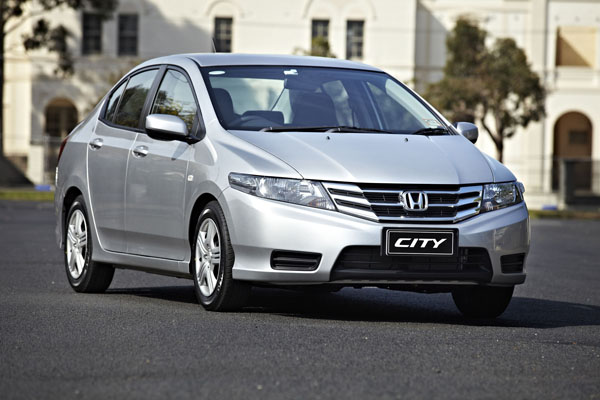
There’s a rigid structure under the back window of sedans, rather than a very large hole in hatchbacks. So, there’s a quieter, more comfortable ride in the four-door than a five-door. Particularly on harsh roads.
The boot of this Honda sedan is impressive at 506 litres. In fact, it’s bigger than the big Aussie rear-drive family sedans of the time.
We were told that Honda engineers were briefed by Honda Australia chiefs on the desires of local motorists, and were told that Aussies like big boots. So, an esky was sent up to Japan, and the original rear end styling was raised to make room for it!
A facelift in 2012 saw a bright chrome grille, redesigned front and rear bumpers and revised rear lights. Inside, there’s aluminium-look details on the panels, and new seat fabrics. Thicker window glass and enhanced carpets improved cabin quietness.
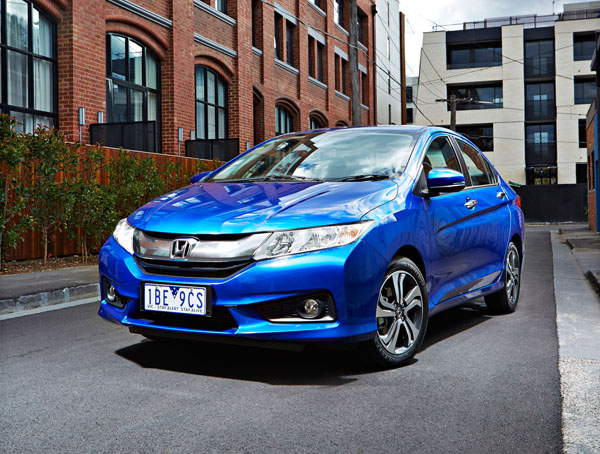
May 2014 saw Honda launch the second generation of its City. Slightly larger than before, with a boot capacity up by 30 litres to a whopping 536-litre capacity Honda rates it as “four in the golf bag scale”.
It was fitted with a comprehensive kit of active and passive safety features as well as advanced communication technology.
Power comes from a high-revving engine displacing 1.5 litres. This was refined in the 2014 gen-two City to give more performance with slightly less fuel use. The biggest change under the bonnet was the fitment of a CVT automatic in place of the conventional unit on the early cars.
Handling is pleasant enough, with the City being happy to turn into corners and stable once in them. It’s happy to change direction and only when you are pushing it hard does understeer come into the equation.
In late 2019 the gen five Honda City was introduced in Japan. However, it won’t be imported to Australia as buyers here are choosing the extra convenience of SUVs rather than sedans.
Honda is thoroughly established in Australia as a mainstream player so there are plenty of dealerships. Spare parts prices are about average for the class and we hear of few problems with availability.
Though a good home mechanic can do routine servicing and minor repairs it really is best to leave the work to a qualified mechanic.
Insurance costs are slightly lower than average with many companies, reflecting the conservative nature of buyers, and therefore low claim history.
WHAT TO LOOK FOR
A City that has been poorly repaired after a smash may attract rust. However, we’ve never seen rust in an undamaged City.
Make sure the engine starts promptly and idles evenly pretty well straight away. If possible, arrange to start it when it’s cold after an overnight stop.
An engine that hesitates when revved suddenly may have problems.
Manual gearchanges should be light, positive and quiet. Problems will usually show up first on fast third-to-second changes. The clutch pedal should be smooth in its operation.
A conventional automatic transmission should be crisp in its changes and not hold onto any gear for too long.
A continuously variable automatic transmission feels different in its operation so have an expert check it out if you are not confident it’s working correctly.
HOW MUCH?
Expect to pay from $3000 to $5000 for a 2009 Honda City VTi; $5000 to $9000 for a 2012 VTi-L; $6000 to $10,000 for a 2016 VT-I; $7000 to $11,000 for a 2014 VTi-L; $8000 to $12,000 for a 2015 VTi-L; $9000 to $13,000 for a 2016 VTi-L; $11,000 to $17,000 for a 2020 VT-i; and $13,000 to $18,000 for a 2020 VTi-L.
CAR BUYING TIP
Fancy yourself as a smart guy who knows how to check out a used car. Okay, that’s your choice and we wish you well…
RECALLS: To browse recalls on all vehicles go to the ACCC at: www.productsafety.gov.au/products/transport/cars/




